White Here, White Now
Top Ten Best White Video Game Characters of All Time!
White is an achromatic color that fully reflects all wavelengths of visible light. In certain contexts, it could be described as a combination of all colors. We’ve recently looked at gaming’s greatest black characters, so this list is being made in the name of balanced duality. White has many symbolic meanings around the world, but it’s usually associated with purity. The Pope wears a white cassock to denote innocence, and white wedding dresses are worn to signify low-mileage pussies. This list isn’t about clothing, however, and we’ll be looking at the characters themselves. Anyone with white skin, scales, fur, or feathers is fair game for this countdown. Although people of the Caucasian race are often referred to as White, we’re using a more literal definition of white for our purposes. We’ll try not to get too caught up in semantics, so no effort will be made to differentiate between pure white, eggshell, mother of pearl, or any other specific shade.
Examples: Snoopy, Casper, Frosty the Snowman
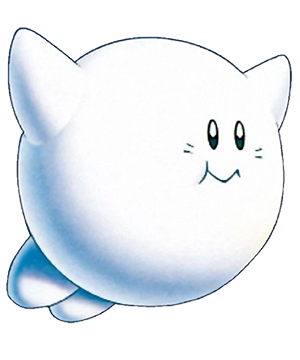
10
Kirby
Kirby’s Dream Land
Masahiro Sakurai created Kirby and intended him to be pink from the get-go. His color was a moot point, however, since the Game Boy used a grayscale pallet. Although Kirby was technically white in his debut game, the official artwork made it clear that he was supposed to be pink. For some strange reason, his color was changed outside of Japan. In North American and European markets, Kirby was white on the box art and in all of the advertisements. Nintendo Power magazine was a co-conspirator in this shameful coverup. The Internet wasn’t widely available in 1992, so most of the world spent an entire year believing that Kirby was white. Even though they were living a lie, I’m mentioning Kirby on this list to acknowledge their lived experiences. Kirby’s Adventure corrected the record in 1993 and marked the end of our national nightmare.
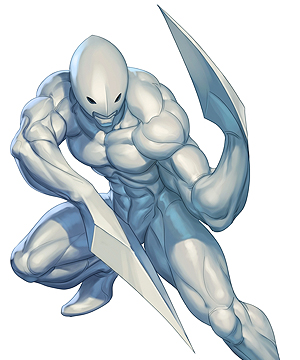
9
Twelve
Street Fighter Series
The Street Fighter II roster featured an electrified jungle beast, an Indian dude with Stretch Armstrong limbs, and a chick who could use her legs to fly around like a helicopter. The series has never been overly concerned with realism, but Twelve looks like he was imported from a completely different universe. As a shapeshifting humanoid who can change his form at will, Twelve could be likened to the T-1000 from Terminator 2. Although the experimental bioweapon can mimic humans, Twelve isn’t afraid to leverage his “hyper adaptation” fighting style. His extendible limbs can be shaped into spears, axes, and an assortment of other weapons. He can also manipulate the shape of his body, and this allows him to glide across the screen like a flying squirrel. Twelve clearly draws inspiration from Darkstalkers, and that’s obviously a good thing.
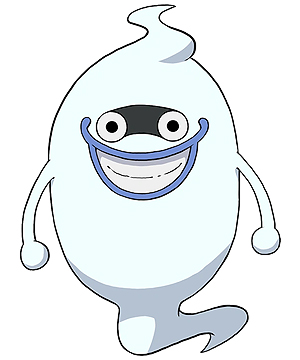
8
Whisper
Yo-kai Watch Series
The premise of Yo-kai Watch revolves around ghostly apparitions from Japanese folklore. These spirits are usually invisible, but the titular Yo-Kai Watch brings them into light and allows them to be seen. This makes it possible for the protagonists to befriend peaceful Yo-Kai, battle hostile Yo-Kai, and solve problems caused by mischievous Yo-Kai. The series features dozens of unique Yo-Kai, but Whisper is the ghost with the most. After he’s released from a capsule, he shows his gratitude by becoming a ghost butler. He’s always willing to lend a hand and never misses an opportunity to share his knowledge. He’s also a reliable source of comic relief, and I appreciate his dry sarcasm. I’m a fan of his design too, and Whisper wouldn’t look out of place in Dragon Quest. The folks at Level-5 were clearly inspired by Akira Toriyama’s style.
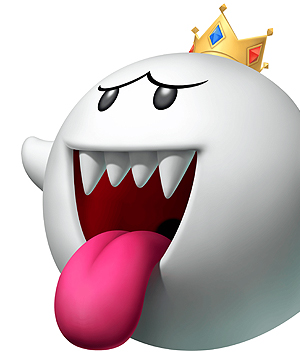
7
King Boo
Mario Series
Boos have been stalking Mario and his friends since 1988, but their king didn’t emerge until 2001. King Boo is larger and more menacing than his diminutive counterparts, but he’ll still cover his face in fear whenever someone looks in his general direction. He has a much bigger bag of tricks than any of his minions do, however. King Boo can create illusions, materialize objects out of thin air, and create portals to other dimensions. He also has various fire, ice, and lightning attacks at his disposal. This makes him a worthy adversary for Mario, and it’s easy to see why he was chosen to be the main villain in the Luigi’s Mansion games. Even though he has a bad attitude, King Boo has been invited to race karts and play baseball with Mario and his friends. It just goes to show that you can get away with anything if you’re in a position of power.
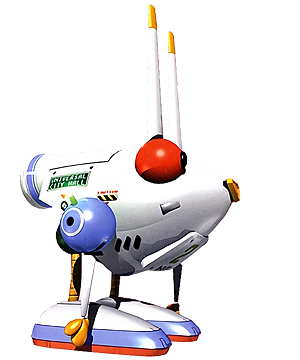
6
Robbit
Jumping Flash! Series
Jumping Flash! was an early-generation PS1 title and one of the first examples of a 3D platformer. The game was rough around the edges and the first-person view could be disorienting, but it was an imaginative experience that helped establish the PlayStation brand. The game follows a mechanical rabbit on his quest to save the world from an evil scientist. Robbit has the demeanor of a young child, but he’s surprisingly capable. The freedom-loving battle bunny can fire an unlimited stream of bullets from his aptly-named Sparkle Beam Gun, and he also arms himself with weaponized fireworks. He’s mostly defined by his jumping abilities, however, and his spring-loaded legs allow him to perform triple jumps in the air. Robbit deserves to be a household name, and it’s a shame Sony didn’t put a brighter spotlight on him.
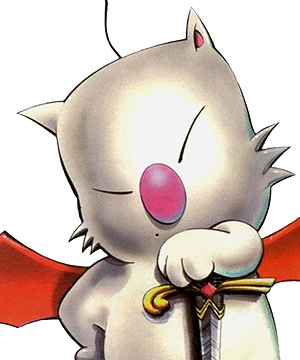
5
Mog
Final Fantasy VI
Moogles are recurring characters in the Final Fantasy series that can usually be identified by their white fur, bat-like wings, and adorable pom-pom antennae. Although they’re often apprehensive around humans, Moogles are an industrious species with a penchant for engineering. We’ve met countless Moogles over the years, but none have been given a brighter spotlight than Mog. His communications skills are limited, his trademark dances aren’t especially useful, and his status as a playable character is entirely optional. Nevertheless, Mog was the face of Final Fantasy VI outside of Japan. He appeared in print ads and television commercials, and he was even featured on the game’s box! He had a relatively small role in the game itself, but Squaresoft’s marketing department made him a star. Kupo!
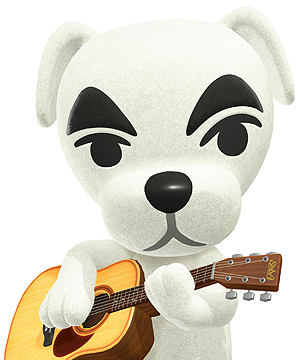
4
K.K. Slider
Animal Crossing Series
Animal Crossing is one of the most relaxing video game franchises ever devised, but many of its most iconic characters have no idea how to relax. Tom Nook is constantly looking for ways to make money, and poor Isabelle is always bogged down with administrative duties. K.K. Slider encapsulates the laidback nature of Animal Crossing, and the traveling hippie couldn’t be more easy-going. His soothing music is the perfect remedy for fear and anxiety, and even his voice is reassuring. K.K. Slider has apparently been approached by record industry executives, but he outright refuses to put a price on his music. He’s a textbook example of a free spirit, so it’s only appropriate that his music would be free as well. Whether he’s hanging out in coffee shops or outside of train stations, there’s nothing but good vibes when K.K. Slider comes to town.
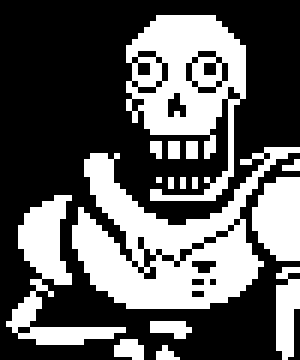
3
Papyrus
Undertale
Both of the skeletons from Undertale would have been worthy of a place on this countdown. Unfortunately, the dreaded “one character per franchise” guideline is forcing me to choose between Papyrus and Sans. Many skeletons are mortified by the way they look, but Sans and Papyrus are clearly proud to be skeletons. The ridiculous brothers dedicate roughly half of their dialogue to bone puns. Sans has a bigger role in the adventure and is almost certainly the more famous of the two, but Papyrus is getting the nod because he really tickles my funny bone! (The date with Papyrus is the funniest scene in the entire game.) Sans is defined by apathy and laziness, but his flamboyant brother puts a tremendous amount of effort into everything he does. Hard work should be rewarded, and that’s why we’re putting the spotlight on Papyrus.
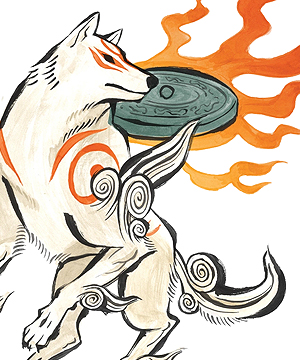
2
Amaterasu
Okami
Amaterasu is the goddess of the sun and one of the most venerated deities in the Shinto pantheon. There are countless interpretations of her in Japanese mythology. In Okami, the goddess appears as a white wolf who can harness the power of the sun. Although most outside observers see her as a typical wolf, individuals with strong spiritual beliefs can see the distinctive crimson markings that line her body. It’s Ammy’s goal to restore the world by spreading positive energy. To that end, she uses the mystical Celestial Brush to assist others and perform miracles. Whether she’s rejuvenating wilted plants or vanquishing evil with elemental attacks, the Celestial Brush is instrumental in restoring the lands to their original glory. White often symbolizes purity and light, so it’s the perfect color for a harbinger of peace and tranquility.
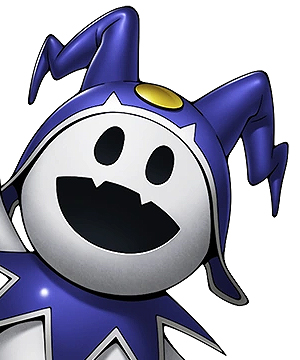
1
Jack Frost
Megami Tensei Series
Counting spinoffs and remakes, there have been nearly a hundred Megami Tensei games released since 1987. The series features mythological entities from various cultures and religions, so Jack Frost is an unlikely mascot if ever there was one. The franchise is largely defined by its use of dark imagery, but Jack Frost could be likened to a breakfast cereal mascot. The mischievous snow elf is more dangerous than he looks, however, and he’ll keep a smile on his face even as his enemies are freezing to death. Jack Frost acts like he’s the epitome of cool, but his twisted sense of humor can send chills down your spine. Despite his murderous tendencies, he brings a much-needed sense of levity to the series. It’s often said that familiarity breeds contempt. This isn’t true of Jack Frost, and I always look forward to recruiting him.

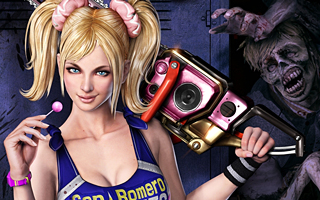
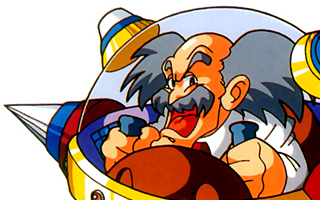
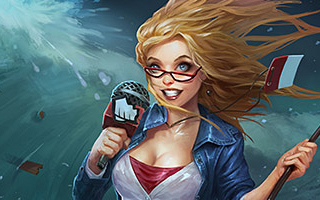
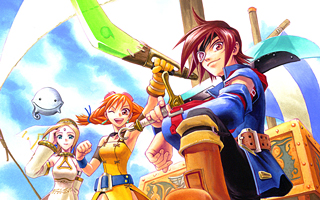
Do you agree with this list? Let us know what you think by leaving a comment below. Your opinion matters!